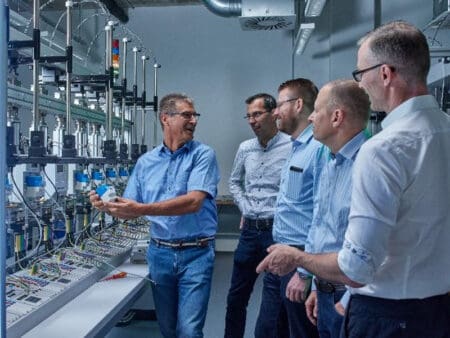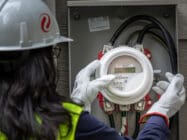
A load profile measurement (RLM) smart metering system is reported to be becoming available for I&C and other large consumption points in Germany.
The smart metering system is under development by energy companies E.ON and Netze BW, technology suppliers Robotron Datenbank-Software and Power Plus Communications and manufacturer Landis+Gyr.
The companies have announced that the system is based on the integration of an RLM meter to a smart meter gateway with testing having proven its marketability and timely availability.
The large consumption points in Germany account for about three-quarters of the energy consumed in the country, although in number they amount to only around 1% of the total 53 million metering points, i.e. about 530,000.
Under the Digitisation Act, at least 20% of the load profile measurement points in Germany must be equipped with smart metering by 2028.
Have you read?
Germany mandates smart metering from 2025
Smart meters and data enablers of the energy transition – Landis+Gyr CEO
“With this technical solution, we are taking a further step towards digitising the RLM measuring points with smart meter gateways,” commented Jürgen Kramny, Head of Metering Systems at Netze BW.
Malte Sunderkötter, Managing Director of E.ON Grid Solutions with responsibility for the smart meter rollout in the E.ON group, said the solution has the potential to become a new industry standard.
“To this end, we are building on broad acceptance among customers, users and manufacturers.”
Specifically, the solution is based on the connection of a Landis+Gyr RLM meter to Robotron’s back-end system via the controllable local systems (CLS) interface of Power Plus Communications’ smart meter gateway.
The solution fulfils all the specific RLM use cases and also makes the metered values available for subsequent billing with storage in the meter – key in the event of a temporary interruption of the communication link to the meter, given the high levels of energy involved.
In addition, the local interfaces of the meter can be used for specific industry use cases, thus taking into account the different requirements of customers in this market segment, the companies have reported.
The solution is available in a test environment and the intent is to further optimise it as it evolves.








